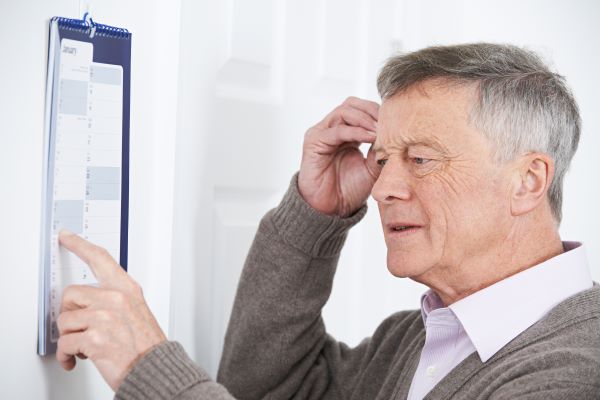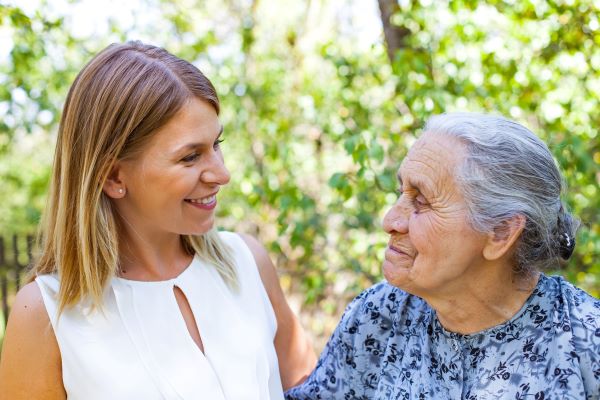In America, aging in place has become the norm for many aging adults. Nearly all…
CMS and CDC Ease Nursing Home Visitations
Both the Centers for Disease Control and Prevention (CDC) and the Centers for Medicare and Medicaid (CMS) conclude that the dramatic slowdown of COVID-19 infections and deaths along with the US vaccination program permits the easing of visitation guideline restrictions that allow in-person visitation to nursing homes. According to McKnight’s Long-Term Care News, a statement by CMS further provides, “Facilities should allow responsible indoor visitation at all times and for all residents, regardless of the vaccination status of the resident, or visitor, unless certain scenarios arise that would limit visitation.”
The CMS Press release and Fact sheet provide detail regarding the new guidelines and acknowledge the toll that isolation through separation has taken upon nursing home residents and loved family members and friends. The need for physical contact is universal for emotional, mental, and physical well-being. As long as a nursing home resident is fully vaccinated, they may choose close contact with their visitor, including hugs. A caveat is that the visitor will wear a proper fitting facemask and continue to physical distance from other residents and facility staff. According to the guidelines, visitors do not have to show proof of vaccination or require testing before entering a facility due to vaccination programs within nursing homes.
CMS will require visitation limits for the following reasons
- Unvaccinated residents in the case where the county positivity rate of COVID-19 is greater than 10 percent and less than 70 percent of residents in the facility are completely vaccinated
- Whether vaccinated or not, residents with confirmed COVID-19 infection, until they meet the criteria to discontinue transmission-based precautions or
- Residents in quarantine, whether vaccinated or not, until they meet criteria for release from quarantine
Outdoor visitation is still preferable, which the advent of spring will help to facilitate however preference does not dictate policy which states facilities must allow responsible indoor visitation at all times. Handwashing, particularly after close interaction, remains a must, as do properly fitting facemasks.
The easing of visitation guidelines comes almost a year to the day federal authorities first closed nursing homes to visitation on March 13, 2020. Today, if an outbreak occurs, even in a single case of a resident or staff member, visitation is suspended until the facility conducts a full round of outbreak testing. Visits may resume if the outbreak is contained, but providers must stop visits for 14 days after the last new case if it is not. Routine testing of staff will continue, as will inquiries to visitors if they have come in contact with someone with COVID-19. Strong infection control protocols remain in place within the facilities.
Nursing homes are the recipients of some of the highest priorities in the federal vaccination program hierarchy, leading to an astonishing drop in COVID-19 infections and deaths. The end of March 2021 will mark the third of three government-run clinics on nursing home sites. The federal government’s focus on vaccinating nursing home residents and facility staff is a success story. During the week of February 21, 2021, national data shows there were just more than 1,900 new resident COVID-19 cases reported in nursing homes. This statistic represented an enormous drop from peak week in late December 2020 when 33,625 weekly cases were reported.
Bringing more families safely together for the well-being of nursing home residents will remain a priority. Maintaining infection prevention practices will continue given the still high risk of transmission of COVID-19, particularly among the elderly. However, the new CMS guidelines bring hope and human contact to the many nursing home residents who have been suffering greatly, more than many of us, during the coronavirus pandemic.
Contact our Auburn office at 260-925-3738 if you have any questions.



